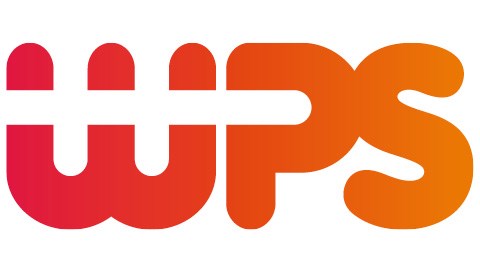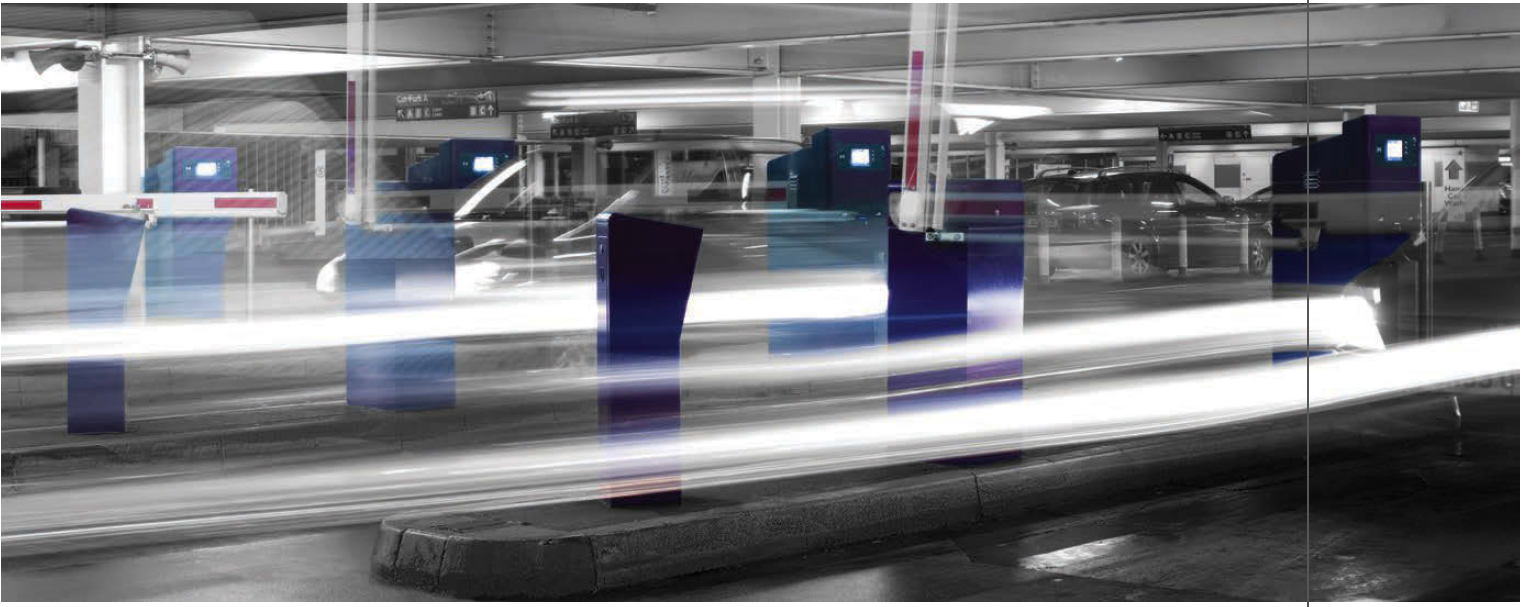
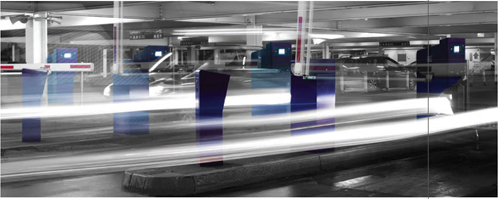
Words | Pascal van Kesteren, WPS, the Netherlands
The rise of the UX has prompted a new way of thinking for parking system vendors.
Simply selling products is no longer enough; these days, it’s the experience that matters
ln a world that is always connected, the parking sector is increasingly dependent on something that is already a priority in the consumer goods arena: the User eXperience (UX). Over the past six years, the UX has become important due to the introduction of the tablet computer. The interaction between user and system (application) should be seamless, simple and understandable. This is aptly illustrated by how proud Steve Jobs was that even a three-year-old could understand how an iPad works. The evolution of the UX has been seen throughout the whole consumer electronics industry.
ParkID
When WPS began the development of its new parking management system (PMS) software, ParkID, it decided to start from scratch. Its BC200 PMS software was around for more than two decades and the company felt it needed to start with a clean sheet and create something that would give it new technological possibilities and would fit with its online strategy.
As is often the case, the development was more difficult than expected and took more time than anticipated. It was not easy to create something that is superior to the BC200 PMS software yet has the same high-level features and reliability. On top of that, the world changed: apps became hot; ‘data centres’ became ‘the cloud’; and new features such as automatic numberplate recognition (ANPR) became increasingly important.
With ParkID2.0 and the online cloud solution, ImPark, WPS has accomplished what it set out to achieve: a car park solution based on an IT approach that is as easily configured for a single, small car park as it is for the biggest parking operation in the world. It provides an infrastructure that can be easily adapted and extended with new (third-party) features without disrupting the ongoing parking operations.
Operator UX
There are two major groups interacting with the system, resulting in two different sets of needs: an operator UX and an end-user UX. The most visible of the first category is the way the operator interacts with the operation, which is the application used to control and manage the parking. All these interactions are conducted via a standard browser. This means that the system is a true online solution. It also means that any ParkID system can be configured to be controlled from anywhere in the world, on any PC or tablet.
Within ImPark, WPS has produced a standardised method of connecting to a virtualised enterprise solution. As all data requests use the same mechanism, the impact on the PMS’s connection is minimised and this also offers WPS the freedom to add new features to the parking software.
The ImPark cloud services are grouped in a logical way and a newly equipped parking facility can be connected in a matter of seconds. The services offered are scaled to the size of the operation, which means there is always a cost-effective solution. Modules can be added to the ImPark cloud, creating a customer-specific solution and ensuring the optimum UX – what you do not need, you do not get.
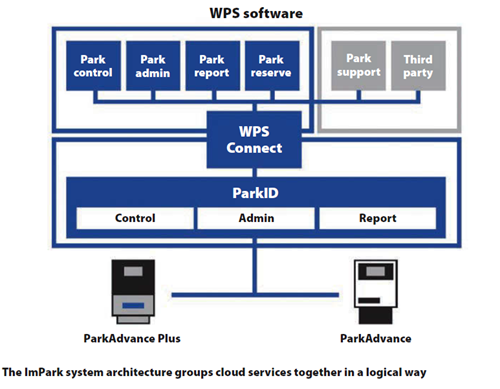
Multiple car park reporting functionality, online web-based administration for single or multiple car parks, web-based control room software and a web-based reservations plug-in are just some examples of the modules that can be added to the operator/managing UX. All data needed to run and operate the ImPark cloud services is automatically copied to the virtual enterprise. This ensures that the live operation of a car park is never at risk and that WPS’s customers have the data at their fingertips, at any time and in any place.
And for the end user?
The end-user UX is based on what happens in and around the car park. This depends upon the clarity of the parking process (enter, park, pay and exit). Because people are creatures of habit, the parking process should be simple and predictable. Introducing new technology into the parking equation can break down the UX when people do not understand what is happening.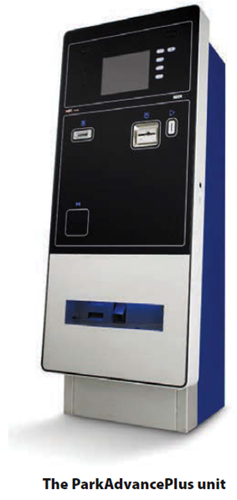
One example of how the end-user UX is determined is the use of ANPR as an identifier to leave the car park (this is sometimes required for minimising exit times). When entering, the customer takes a barcode ticket and the numberplate information is printed on the ticket (most customers will not even be aware of that). The ticket is used to pay the fee at the parking payment machine and when the customer gets to the exit, the ANPR system recognises the numberplate as a customer that has paid and then opens the barrier (barcode and ANPR can be configured as being connected in ParkID).
Without a proper customer communication/implementation plan, there is a big chance that the customer will not understand and appreciate the UX (and by habit will insert the ticket at the exit terminal, even with an opened barrier), resulting in an operator who does not get to enjoy the optimised exit times. In this scenario, despite the good intentions of using the technology for improving the UX for operator and end user, ultimately it does not succeed.
ParkID software runs on the well established ParkAdvance hardware platform. The hardware is designed with the UX in mind. But a UX is no good when there isn’t immediate understanding from the end-user side. Creating a payment machine that has all the devices in the right place is not enough. Integrating new technology that simplifies the end user administrative process (enter, pay and exit), helps with finding a parking space fast and, for example, gives shop owners the ability to give their customers a discount on their parking fee, will create the desired UX.
The parking industry is changing. Operators and end users will adapt to the habit of having a UX, which companies, such as WPS, must provide. The days of simply selling terminals and barriers are over. WPS is ready to help its customers in their pursuit of the ultimate UX.
About WPS Parking Systems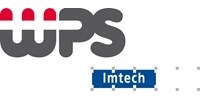
WPS Parking Systems, a member of the Imtech group, was founded in 1985. With over 300 professionals across the globe, WPS has established an install base that issues more than 7,500,000 parking tickets every day worldwide. This makes us one of the world’s leading providers of automated parking solutions.
WPS works for airports, hospitals, local governments, hotels, leisure, shopping malls and parking operators; providing WPS off street parking solutions, parking management and cloud based parking management solutions.



